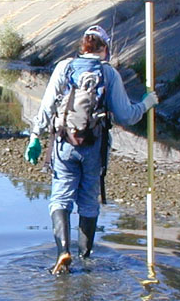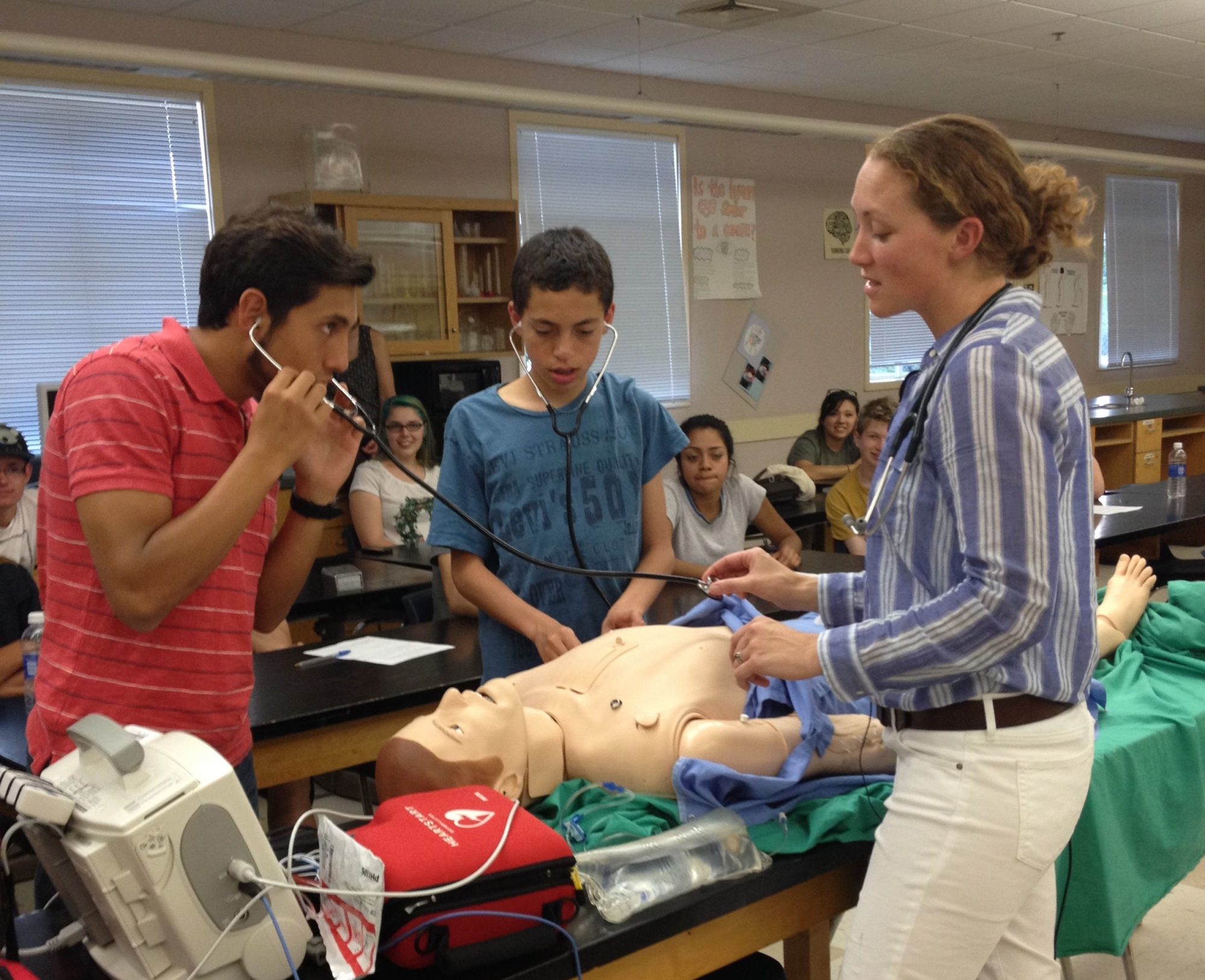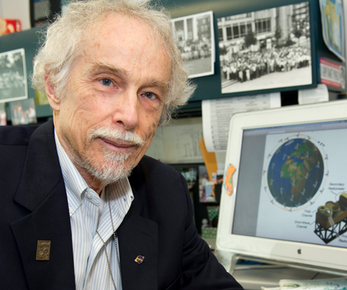Title: “Engineering Rivers and Wetlands for Climate Resiliency” with Rachel Kamman PE of Kamman Hydrology & Engineering
Date: Wed. February 5th, 2020; 7:30 – 8:30 pm at Terra Linda HS in San Rafael, Room 207

Kamman Hydrology & Engineering’s mission is to provide hydrologic, engineering and geomorphology support in the restoration, enhancement and protection of watershed, river, wetland and coastal systems. Rachel Kamman will demonstrate and discuss how this can be done to help rivers and wetlands adjust to changes brought on by climate change.

Bio: Rachel Z. Kamman PE is a consulting hydrologist whose work focuses on ecological habitat restoration. Her San Rafael based consulting practice focuses on projects that revolve around sensitive wetland, fishery, and/or riparian habitat issues and problems. Rachel specializes in the fields of hydraulic and hydrodynamic analysis and modeling, focusing on the protection and restoration of estuarine and wetland systems. Typically, Rachel Kamman works on multi-disciplined projects, collaborating closely with biologists/botanists, ecologists, planners, engineers, and/or regulatory and resource agency staff. She holds a B.S. in Civil Engineering from Lafayette College and an M. Eng., in Hydraulics, Coastal Engineering, Hydrology & Geomorphology from UC Berkeley.
Links:
- Kamman Hydrology and Engineering, Inc.
- Previous MSS talk: 2/8/12 Restoring Ecosystems: Applications in Engineering and Earth Sciences
Facebook event: RSVP here


